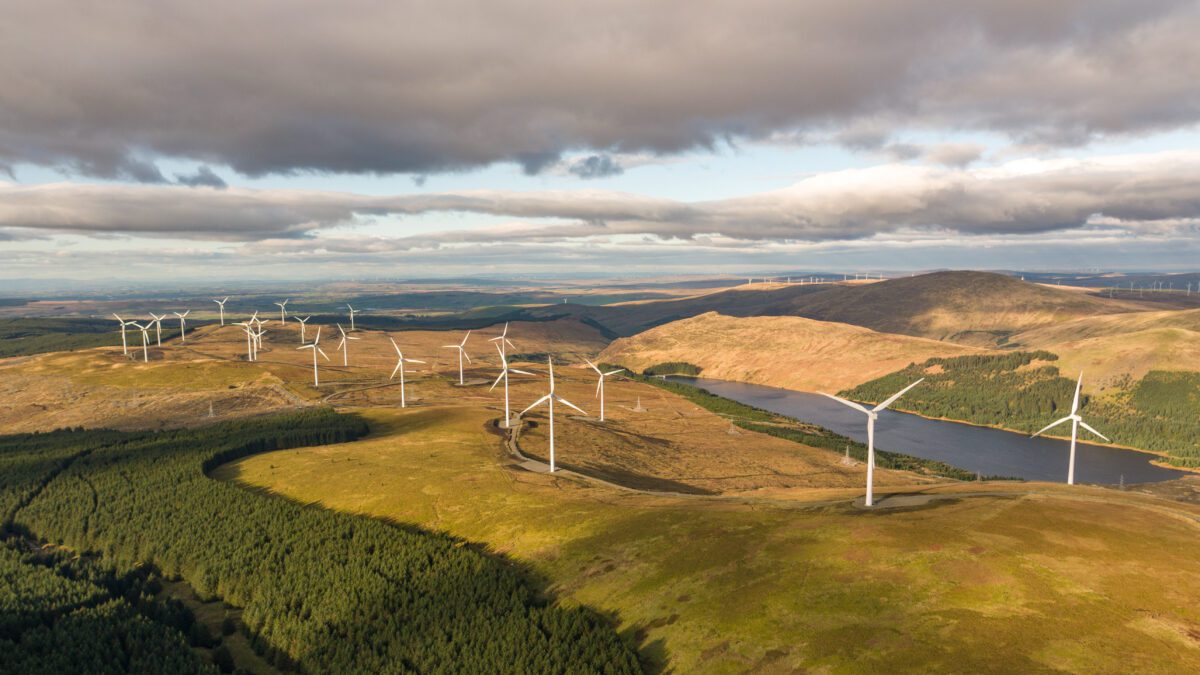In the global race to fight climate change, reaching net zero emissions has become one of the biggest goals. “Net zero” simply means balancing the amount of greenhouse gases we put into the atmosphere with the amount we take out.
To do this, we need to change the way we create and use energy — and that’s where hydrogen and ammonia come in.

Let’s break it down simply.
What is Hydrogen?
Hydrogen is the most abundant element in the universe.
On Earth, we usually find it combined with other elements, like in water (H₂O).
To use hydrogen as a clean fuel, we need to separate it first.
There are different types of hydrogen based on how it’s produced:
- Grey hydrogen is made from natural gas and releases carbon dioxide (CO₂).
- Blue hydrogen is made the same way as grey hydrogen, but the CO₂ is captured and then stored underground.
- Green hydrogen is made by splitting water into hydrogen and oxygen using the electricity from different types of renewable sources like wind or solar power — meaning no CO₂ emissions at all.
Green hydrogen is the hero we need to help us reach net zero.
How Hydrogen Helps?
Hydrogen can be used to:
- Power vehicles, especially heavy trucks, ships, and even planes.
- Fuel industries that are hard to clean up, like steel making and cement production.
- Store renewable energy — when we have extra solar or wind power, we can use it to make hydrogen and save it for later.
Because it doesn’t emit carbon dioxide when used, hydrogen can replace dirty fossil fuels in many areas.
What is Ammonia?
Ammonia (NH₃) is a compound made from hydrogen and nitrogen. It’s mostly known today as a key ingredient in fertilizer. But in a future with net zero emissions, ammonia has new and exciting roles.
If we produce ammonia using green hydrogen, it becomes a clean fuel itself.
How Ammonia Helps?
Ammonia can:
- Be used as a fuel — it burns without releasing CO₂, though it needs special engines or turbines; it can be scaled and made affordable.
- Transport hydrogen easily — pure hydrogen is tricky to ship because it needs very cold temperatures or high pressure. Turning hydrogen into ammonia makes it much easier and cheaper to move around the world.
- Store energy — similar to hydrogen, ammonia can be stored for long periods and then turned back into electricity or hydrogen when needed.
This is super important because renewable energy sources like wind and solar don’t produce steady energy all the time. Ammonia can help bridge the gap when the sun isn’t shining or the wind isn’t blowing.
Challenges We Still Need to Solve.
While hydrogen and ammonia are promising, they are not perfect yet:
- Cost: Green hydrogen and green ammonia are still expensive compared to oil, gas, and coal. As we build more infrastructure it would be affordable.
- Infrastructure: We need new pipelines, tanks, engines, and fueling stations.
- Safety: Both hydrogen and ammonia need careful handling. Hydrogen is flammable, and ammonia is toxic if not properly managed.
Governments and companies around the world are investing heavily to overcome these challenges. Countries that heavily dependent on oil are investing in it.
Final Thoughts.
Hydrogen and ammonia are like two powerful tools in our toolbox for reaching net zero. They won’t replace everything, but they will play a massive role, especially in industries and transport where using electricity alone isn’t enough.
As technology improves and costs come down, you’ll likely hear a lot more about hydrogen and ammonia in the coming years — powering our trucks, fueling ships, storing our renewable energy, and helping us build a cleaner, greener world.
The journey to net zero is a huge challenge, but with smart solutions like these, it’s a challenge we can meet.
Leave a Reply